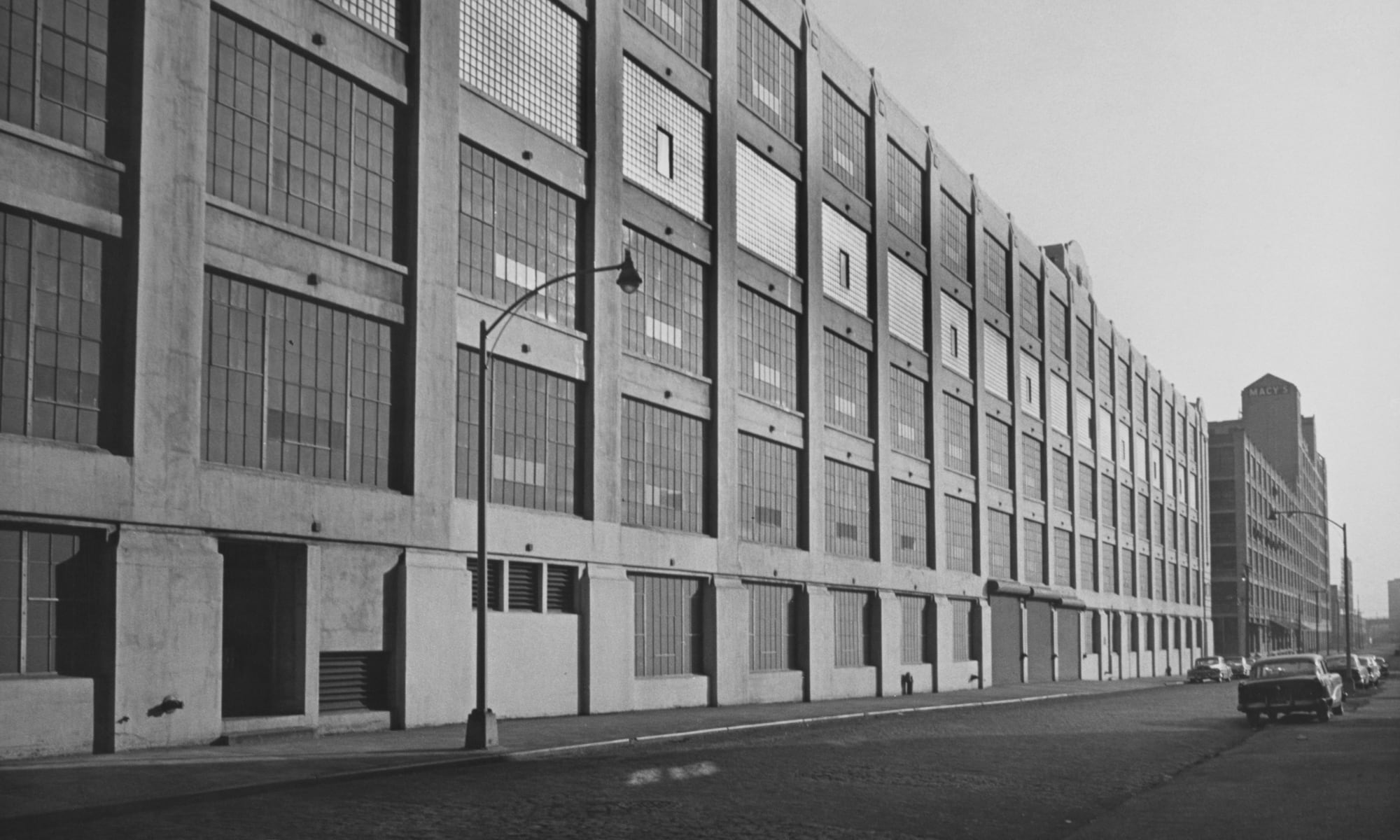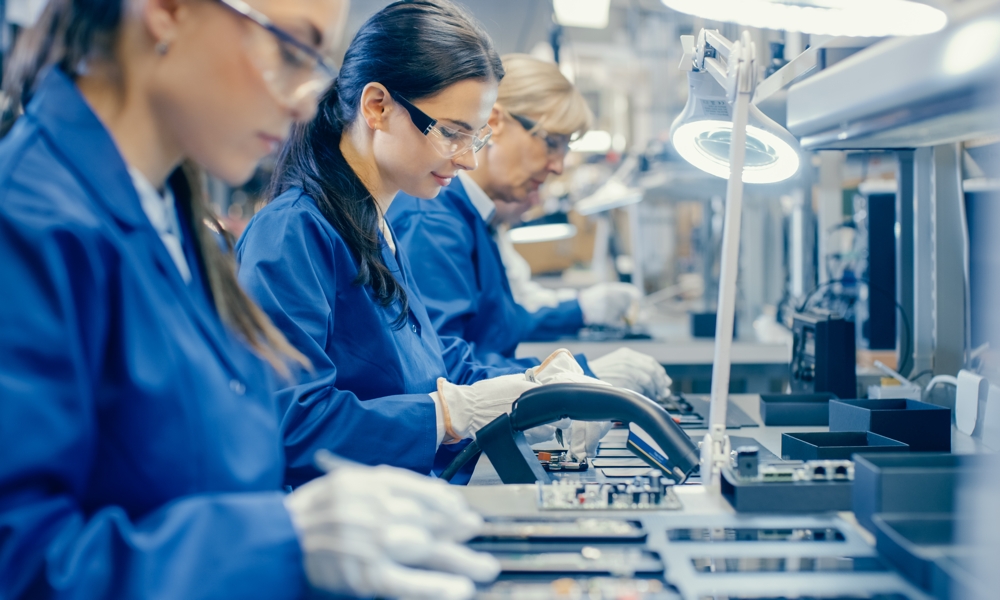Apple Still Feeling the Heat From Trump Over China Ties

Toggle Dark Mode
President Donald Trump’s administration continues to pressure Apple to cut its manufacturing ties with China, even as most analysts say Trump’s vision for US iPhone production will result in a $3,500 iPhone.
On Monday, White House trade advisor Peter Navarro criticized Apple for not moving production of the iPhone to the United States. Navarro claims Apple CEO Tim Cook is personally responsible for the lack of action, saying he is dragging his feet on the project.
“Going back to the first Trump term, Tim Cook has continually asked for more time in order to move his factories out of China,” Navarro told an interviewer on CNBC’s Squawk on the Street. “I mean it’s the longest-running soap opera in Silicon Valley.”
While Apple would love to be able to get the Trump administration off its corporate back, it’s not a simple matter for the Cupertino company to move iPhone production stateside.
Industry analysts and supply chain experts have said shifting Apple’s manufacturing and assembly operations to the United States could result in the iPhone costing customers upwards of $3,500 for the questionable benefit of using a US-built handset.
Unfortunately, since the late 1950s and early 1960s, US firms have worked to move production of their products out of the country, with the tacit permission of every Presidential administration over the last half-century or so.
This means the infrastructure to accomplish such a move back to the US has long since crumbled away. It would take years to return the United States to its position as a manufacturing leader among the global powers. It took nearly a decade from the first rumors of Apple moving some of its iPhone production to India before that country was able to crank out its first iPhone, and even now, India’s production volume pales when compared to China’s.
However, Navarro believes the US can quickly ramp up iPhone production in the states, thanks to the wonder of automation. “With all these new advanced manufacturing techniques and the way things are moving with AI and things like that, it’s inconceivable to me that Tim Cook could not produce his iPhones elsewhere around the world and in this country,” he told CNBC.
But, how many jobs would the return of iPhone production to the US bring back to American workers? The Trump administration’s desire to return production stateside to benefit workers in the country doesn’t survive scrutiny.
When told the increased labor costs would result in a huge price increase for the iPhone or any other Apple product that’s made in the US, the administration responds that automation and artificial intelligence would offer huge labor savings. However, wouldn’t that greatly reduce the number of workers the company would need, reducing any labor benefits for US workers?
Another unfortunate result of US firms moving product manufacturing to countries outside of the United States is that qualified workers are increasingly difficult to find. As the US has moved to being a service-oriented economy, the workers who once performed manufacturing duties have disappeared. This means it would take a large investment in education to train workers to handle iPhone manufacturing, and that’s only for the jobs that wouldn’t be handled by artificial intelligence and automation.









